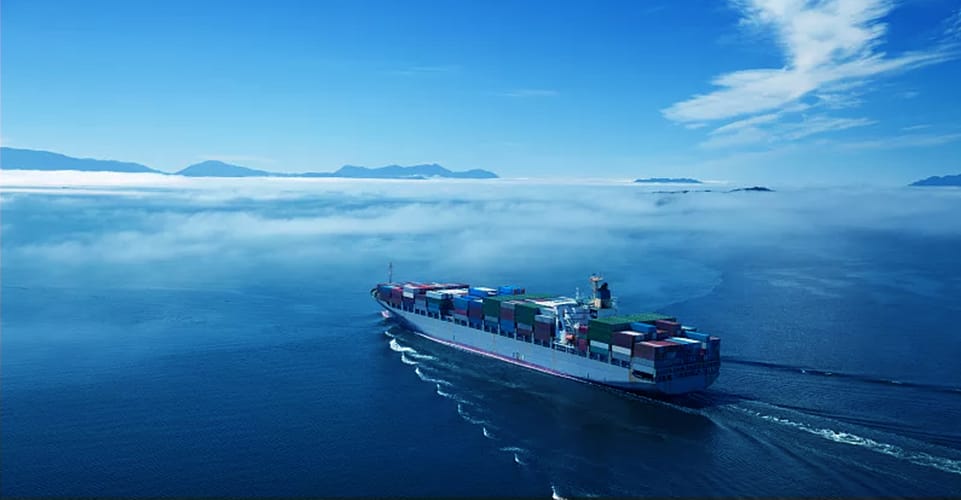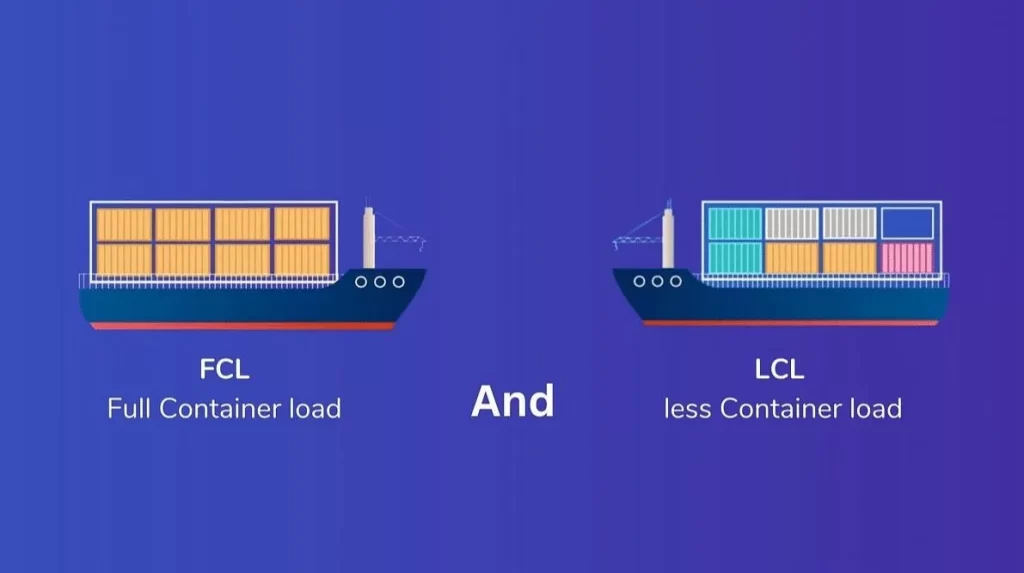- By TOP CHINA FREIGHT
- October 11, 2025
- Sea Freight, Shipping
Table of Contents
Shipping textiles sea freight from China has become the backbone of the global apparel and home furnishings supply chain. From cotton fabrics and garments to industrial textiles, China remains the largest exporter, supported by advanced manufacturing, cost-effective logistics, and robust port infrastructure. However, textile shipments require strategic planning — especially regarding packaging, customs, and delivery deadlines. This guide provides everything importers need to know to move textiles safely and affordably by sea.

Why Ship Textiles from China by Sea?
Sea freight is the most economical and scalable method for textile shipping. Since textiles are typically lightweight but voluminous, sea transport allows for large-volume shipments at a fraction of the cost of air freight.
Moreover, China’s ports — including Shanghai, Ningbo, Shenzhen, and Qingdao — offer extensive global connections and efficient container handling, making maritime transport both reliable and sustainable for textile logistics.
What Are the Main Shipping Methods for Textiles?

Choosing the right shipping method depends on your textile type, order size, and delivery timeline.
| Method | Transit Time | Best For | Average Cost (USD/kg) | Pros | Cons |
|---|---|---|---|---|---|
| FCL (Full Container Load) | 20–35 days | Bulk textile rolls | 0.3–0.5 | Secure, cost-efficient | Requires large volume |
| LCL (Less than Container Load) | 25–40 days | Small shipments | 0.5–0.8 | Flexible, shared cost | Longer transit, more handling |
| Sea-Air Combined | 10–15 days | Urgent orders | 2–3 | Faster than sea | More expensive |
Using FCL is ideal for continuous textile production, while LCL works best for smaller importers testing new markets.
How Long Does Sea Freight Take from China?
Transit time varies by destination and port efficiency.
| Destination | Estimated Transit Time | Port of Discharge |
|---|---|---|
| USA (West Coast) | 25–30 days | Los Angeles, Long Beach |
| Europe | 30–40 days | Rotterdam, Hamburg |
| Australia | 18–25 days | Sydney, Melbourne |
| Southeast Asia | 7–15 days | Singapore, Manila |
| Middle East | 18–25 days | Dubai, Jebel Ali |
Additionally, customs inspection and inland transportation may add several days.
What Documents Are Needed for Textile Shipments?

| Document | Purpose |
|---|---|
| Commercial Invoice | Lists product details and value |
| Packing List | Describes goods and quantity |
| Bill of Lading | Confirms transport contract |
| Certificate of Origin | Required for import duty benefits |
| Textile Export License | For specific fabric categories |
| Import Permit | Issued by destination customs |
| Quality Inspection Report | Confirms material compliance |
Accurate documentation prevents customs delays and ensures compliance with international textile import standards.
How Much Does It Cost to Ship Textiles from China?
The total shipping cost depends on container size, route, and season.
| Container Type | Approx. Cost (USD) | Load Capacity | Suitable For |
|---|---|---|---|
| 20ft Container | $1,200–$1,800 | 28 CBM | Medium textile load |
| 40ft Container | $2,000–$3,000 | 58 CBM | Bulk fabric rolls |
| 40ft HQ | $2,100–$3,200 | 68 CBM | Light but bulky textiles |
Rates may fluctuate based on fuel prices, seasonal demand, and shipping line schedules.
How to Package Textiles for Sea Freight?
Proper packaging preserves textile quality during long transit.
- Use moisture-proof wrapping and vacuum-sealed bags.
- Label each roll clearly with SKU and destination.
- Palletize goods to prevent fabric compression.
- Consider desiccants or dehumidifiers for tropical climates.
Additionally, using reinforced containers or double-layer plastic protects against seawater exposure.
What Are the Common Customs Issues in Textile Freight?
Textiles are subject to strict import regulations, including labeling, safety standards, and anti-dumping duties.
Common issues include:
- Incorrect HS codes or material classification
- Missing certificates of origin
- Non-compliant labeling (fiber content, care instructions)
- Country-specific textile quotas
Therefore, working with an experienced China shipping forwarder helps ensure compliance and smooth customs clearance.
Case Study: Apparel Shipment from Guangzhou to Los Angeles

A U.S. retailer ordered 5,000 cotton T-shirts from Guangzhou. The supplier consolidated the goods into one 40ft HQ container via Shenzhen Port. The shipment reached Los Angeles in 28 days, clearing customs without delay. Using FCL sea freight reduced costs by 45% compared to air shipping while maintaining delivery within the production schedule.
How to Optimize Costs in Textile Sea Freight?
Secure space in advance to avoid peak-season surcharges and rate hikes.
Combine smaller orders to fill containers efficiently and reduce per-unit shipping costs.
Work closely with freight forwarders to obtain volume-based discounts or better contract terms.
Choose departure ports close to your supplier to minimize inland transportation costs.
For regular shipments, long-term agreements help stabilize rates and ensure consistent capacity.
Why Partner with a Professional Freight Forwarder?
A reliable freight forwarder manages end-to-end logistics — from factory pickup and container booking to customs clearance and final delivery.
They ensure:
- Proper handling of textile materials
- Efficient route planning
- Accurate documentation
- Cargo insurance and real-time tracking
Choosing a trusted china shipping forwarder reduces risks and ensures cost control throughout the entire supply chain.
Conclusion
Shipping textiles sea freight from China remains the most cost-efficient and scalable option for global importers. With proper packaging, documentation, and logistics management, importers can ensure safe, timely, and compliant textile deliveries. Partnering with an experienced China freight forwarder streamlines every step, from factory floor to port warehouse, ensuring your textile supply chain runs smoothly and profitably.
Need a Shipping Quote?
If you want expert guidance and peace of mind, our team is ready to assist.
TJ China Freight offers tailored solutions to help businesses of all sizes ship more reliably from China.

FAQ
Q1: What types of textiles can be shipped by sea from China?
Almost all types — cotton, polyester, silk, home textiles, and industrial fabrics.
Q2: How long does shipping take to the U.S. or Europe?
Typically between 25–40 days depending on port and route.
Q3: Can I ship small textile quantities?
Yes, through LCL shipping or cargo consolidation services.
Q4: Do I need an import license for textiles?
Yes, most countries require permits and labeling compliance.
Q5: How do I protect textiles from moisture?
Use vacuum-sealed packaging, desiccants, and container liners.
